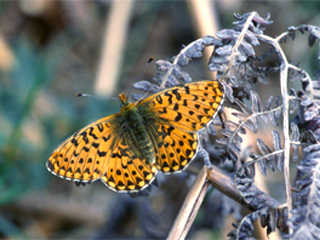
There are 56 native species of butterflies currently resident in the UK. A number of others occur as rare migrants or vagrants. This number is small compared with other areas of the world. In Europe there are approximately 560 species and in the world many thousands
Although other species, such as beetles, may also be good indicators of quality habitat, easy identification of butterflies has resulted in them being an excellent species for monitoring the environment. In addition, many butterfly species in Britain are near the edge of their European range and are vulnerable to slight changes in their environment. This vulnerability, together with their short life span and limited mobility, makes some butterfly species particularly valuable as indicators of environmental change
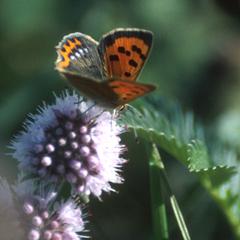 At the Earth Summit at Rio de Janeiro in 1992, the UK Government made a commitment to wildlife conservation by signing the Convention on the Conservation of Biological Diversity. This led to a new approach to conservation and the production of the UK Biodiversity Action Plan (UK BAP). The UK BAP lists 25 butterfly species as conservation priorities: 11 Priority and 14 Conservation Concern
At the Earth Summit at Rio de Janeiro in 1992, the UK Government made a commitment to wildlife conservation by signing the Convention on the Conservation of Biological Diversity. This led to a new approach to conservation and the production of the UK Biodiversity Action Plan (UK BAP). The UK BAP lists 25 butterfly species as conservation priorities: 11 Priority and 14 Conservation Concern
Of the 60 or so butterflies recorded in Britain, about 39 are regularly recorded in Cornwall. A number of others do occur as rare migrants such as the Queen of Spain Fritillary. The Wood White, Brown Hairstreak and White-letter Hairstreak use to be resident in Cornwall but in recent years there have only been occasional sightings. It is still hoped that colonies of these butterflies might be found and the most likely areas would be in the north and east of the County. Cornwall has 10 BAP species
Although Bodmin Moor does not hold the numbers of butterflies that maybe found in some nature reserves, the butterflies found on the Moor are some of the most beautiful and rarest butterflies found in Britain. In 2003, three BAP species were recorded on the Moor; the Marsh Fritillary, the Pearl-bordered and the Small Pearl-bordered Fritillary. Due to their rapid decline, the Marsh Fritillary and the Pearl-bordered Fritillary are Priority BAP species and the Small Pearl-bordered is of Conservation Concern. In addition, the Marsh Fritillary is not only of national importance but is of European importance and is the only butterfly in Britain to receive special protection from the EU Habitats and Species Directive
Butterflies are found most readily in the sunshine and do prefer shelter. Although in some of the more exposed areas you will see some of the migrants on a mission. 23 butterflies were recorded on the Blisland Commons in 2003 and the following butterflies were recorded at South Penquite Farm: –
- Large Skipper– Ochlodes venata
- Brimstone– Gonepteryx rhamni
- Large White– Pieris brassicae
- Small White– Pieris rapae
- Green Hairstreak– Callophrys rubi
- Small Copper– Lycaena phlaeas
- Red Admiral– Vanessa atalanta
- Painted Lady– Vanessa cardui
- Small Tortoiseshell– Aglais urticae
- Peacock– Inachis io
- Pearl-bordered Fritillary– Boloria euphrosyne
- Speckled Wood– Pararge aegeria
- Gatekeeper– Pyronia tithonus
- Ringlet– Aphantopus hyperantus
- Small Heath– Coenonympha pamphilus
please click on any of the names above to find find our more information about each species
courtesy of Butterfly Conservation
In 2005 we commissioned a survey of Butterlies on the farm. It was funded under Natural England’s Aggregate Levy Sustainability Fund and was complied by Sally Foster of Ensurv and is available as a 9mb PDF download (10 Mb). Please right click here and select “Save Target As…”
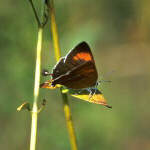 |
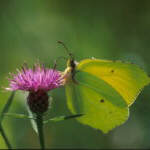 |
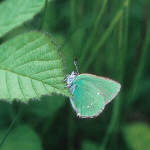 |
 |
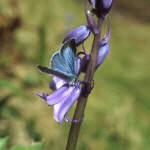 |
 |
Msny thanks to Paul Browning, Steve Bassett, Lee Slaughter and Sally Foster for the information on this page
All photos are courtesy of the Cornwall Branch of Butterfly Conservation
